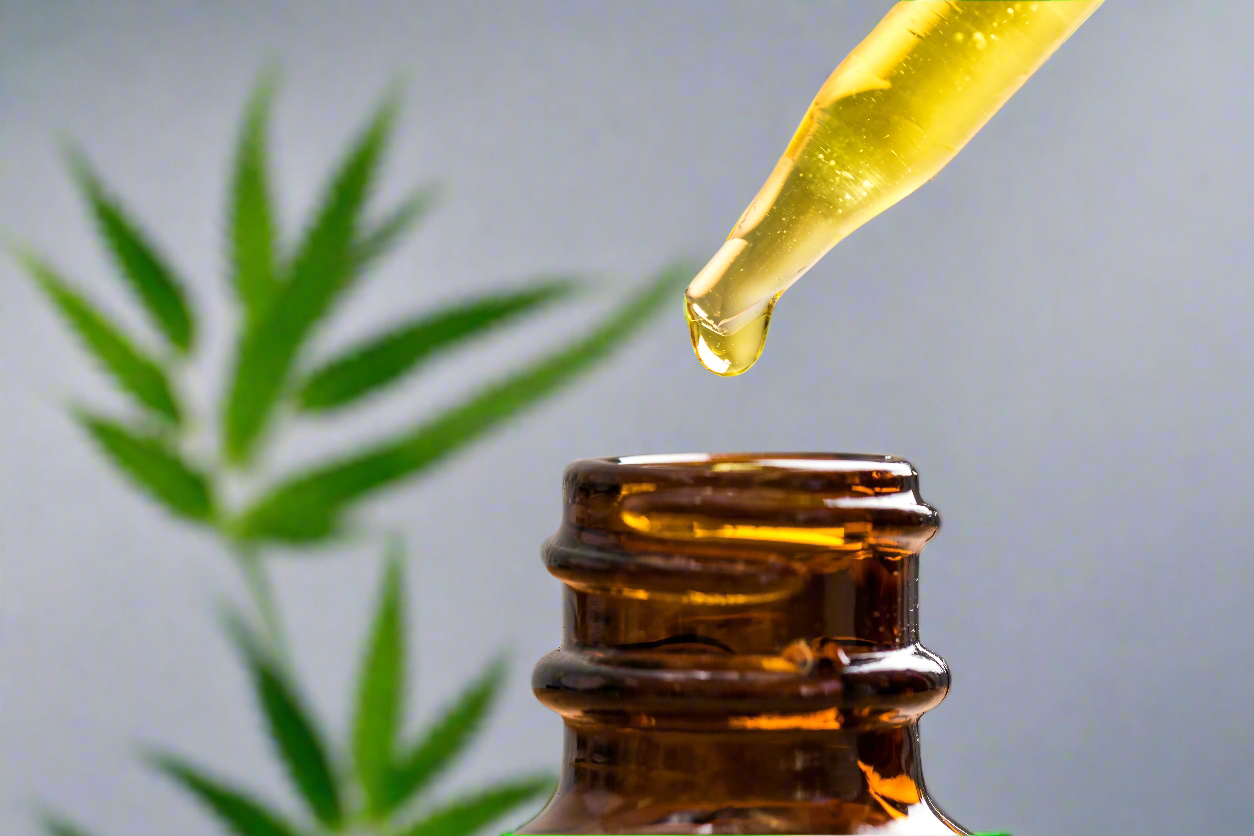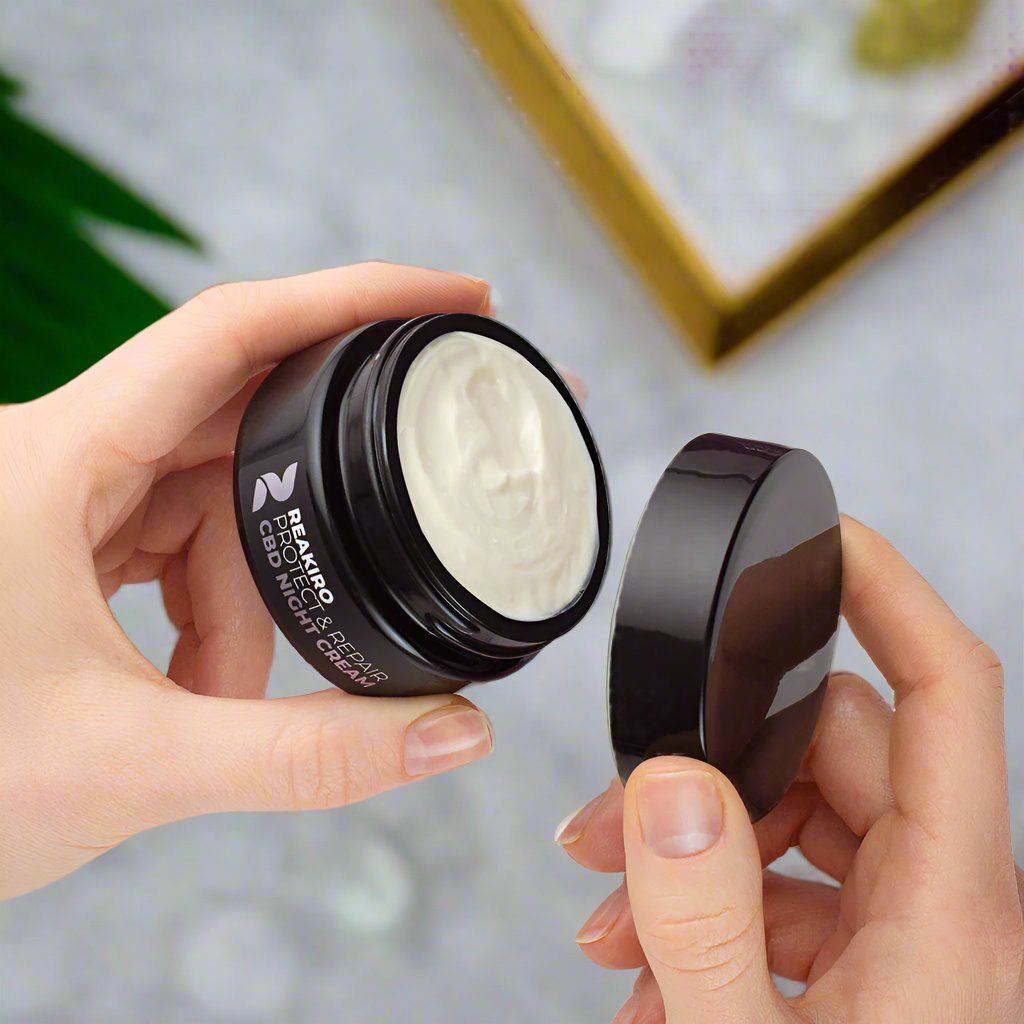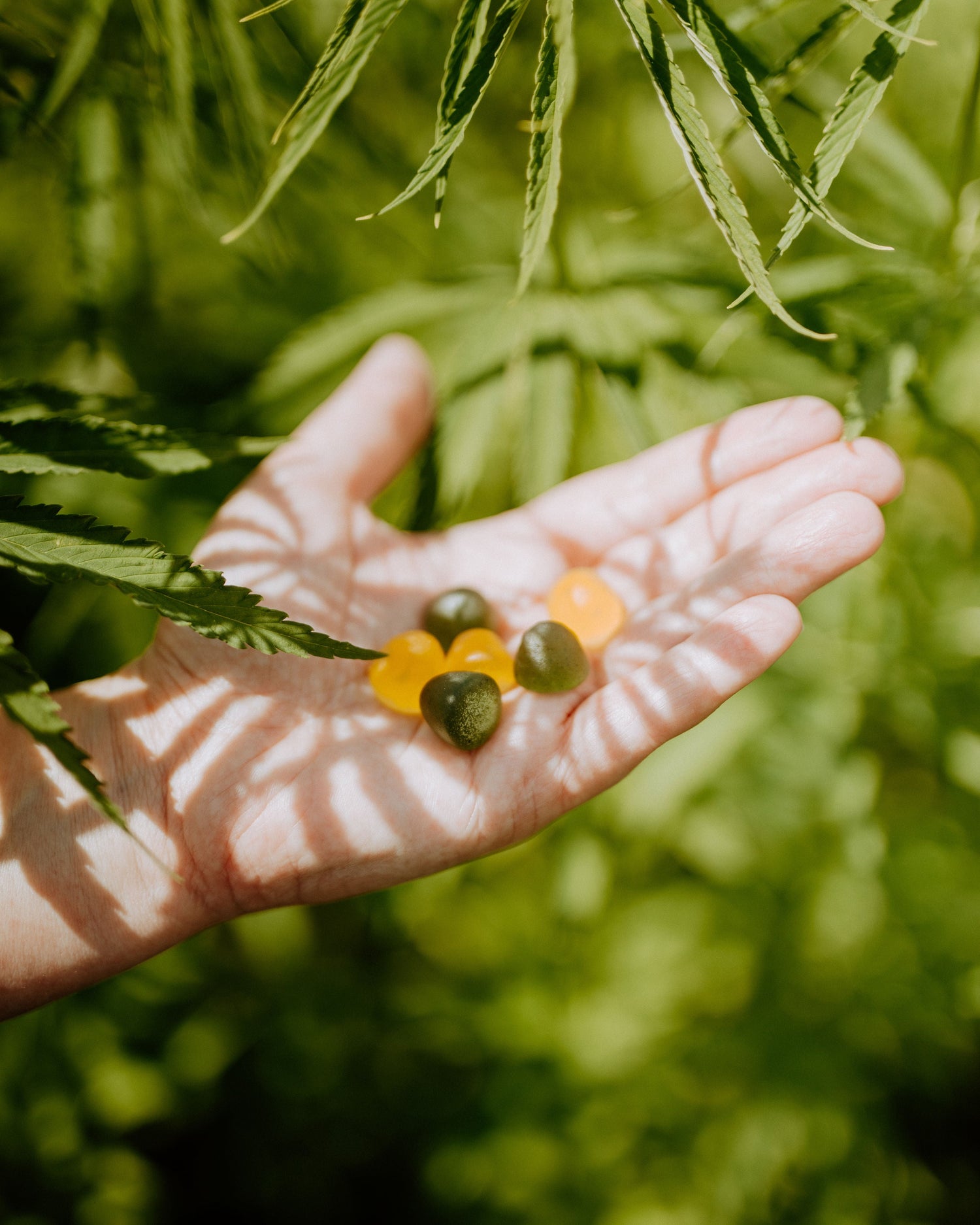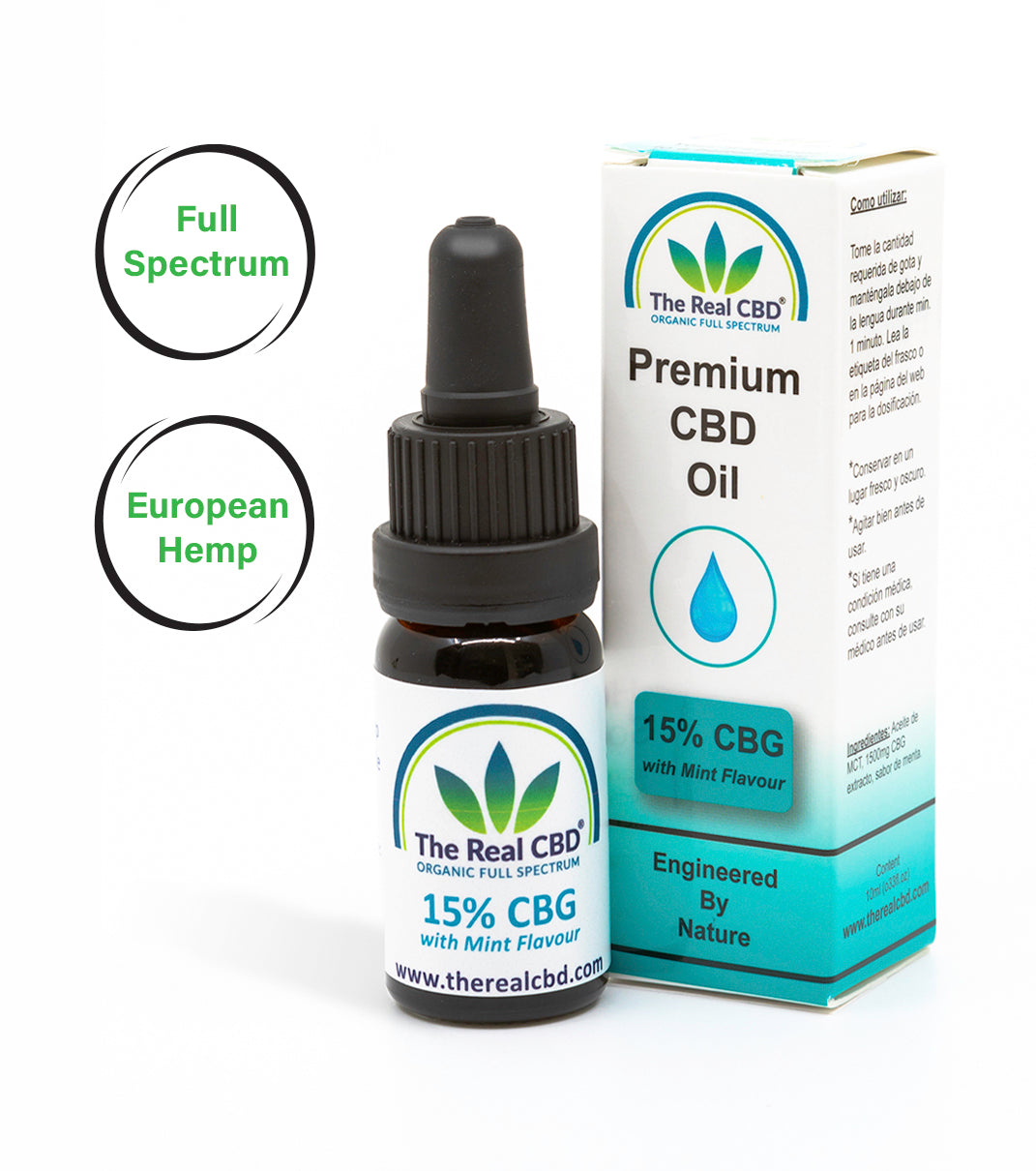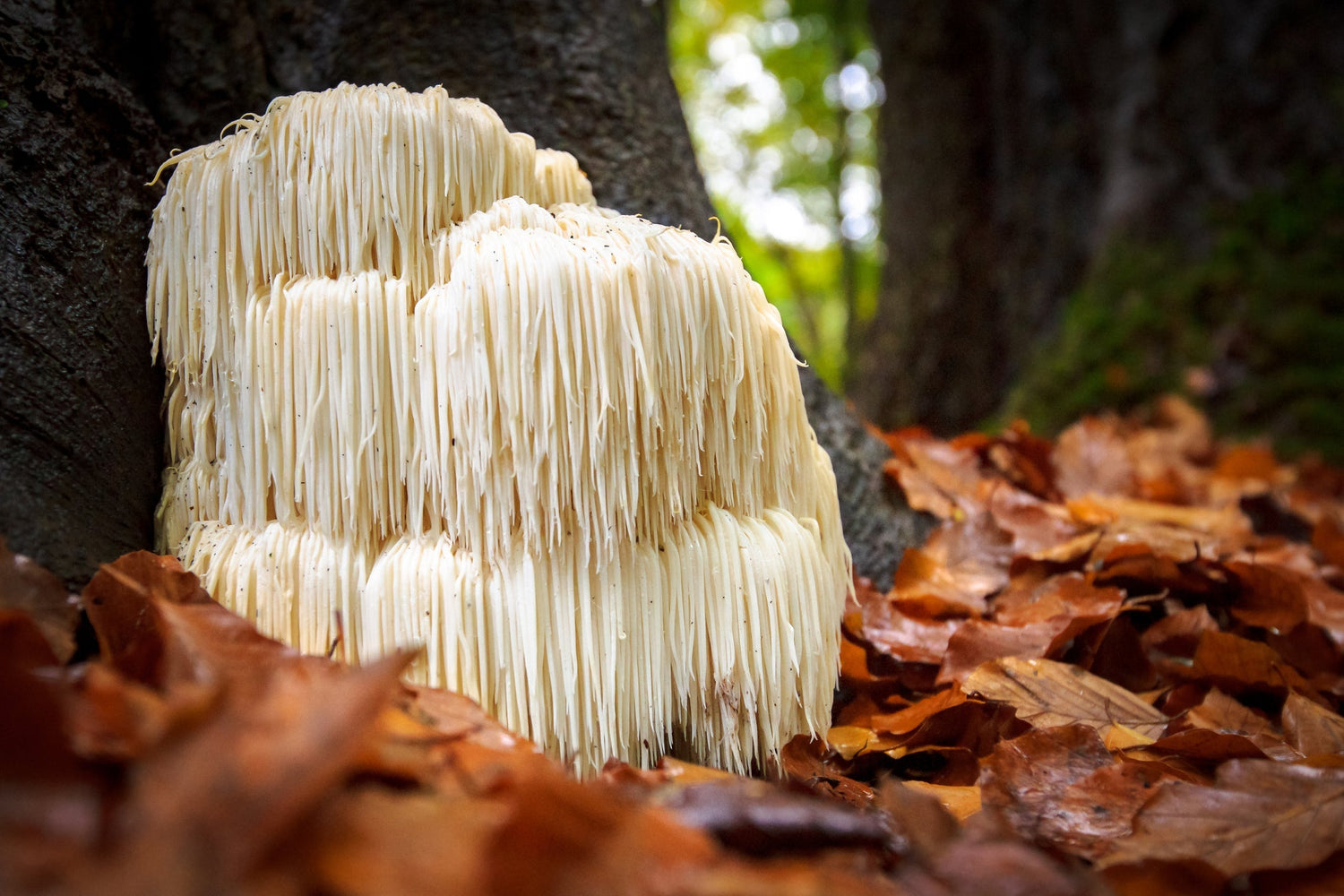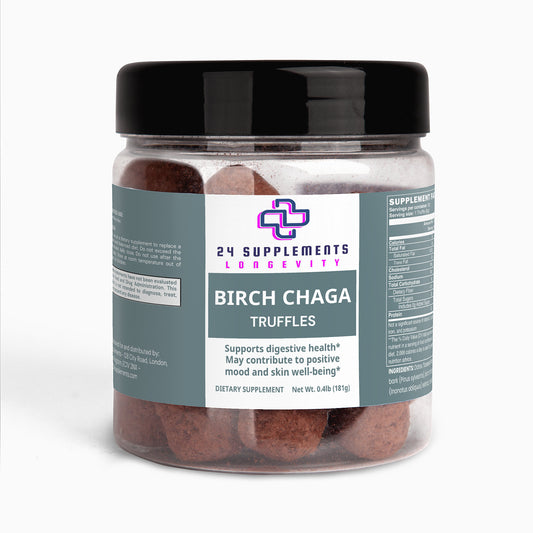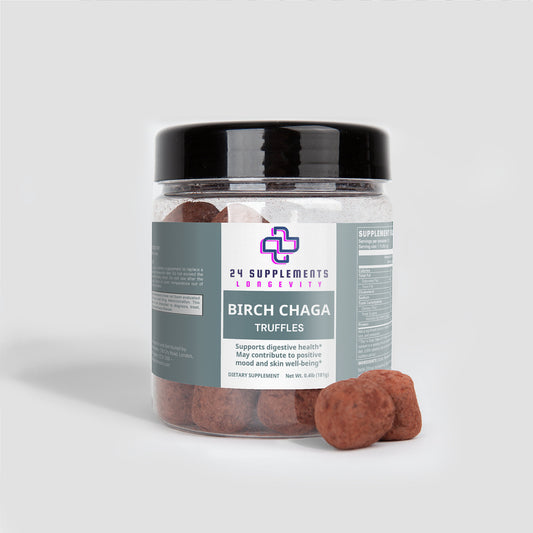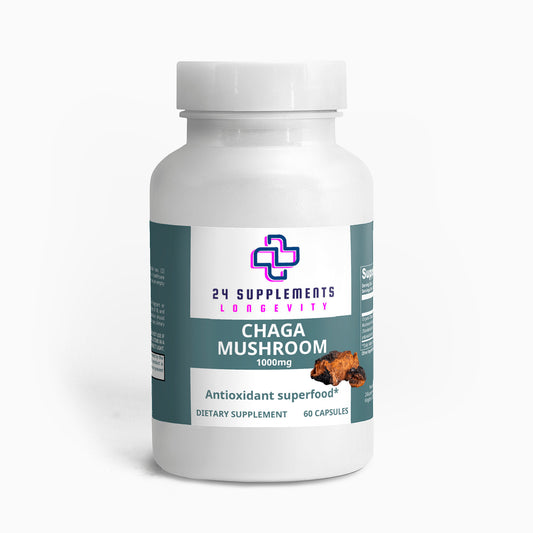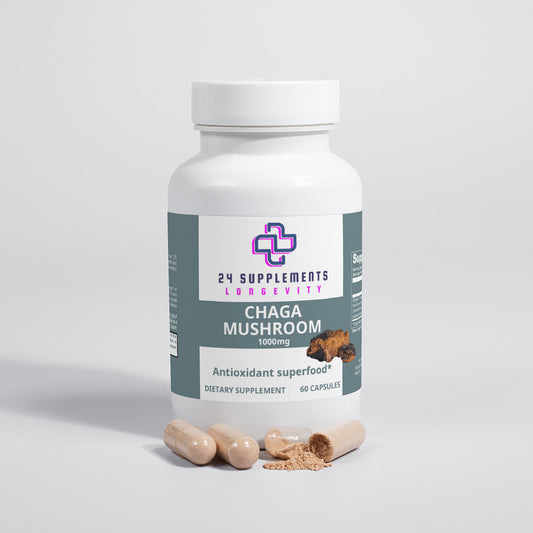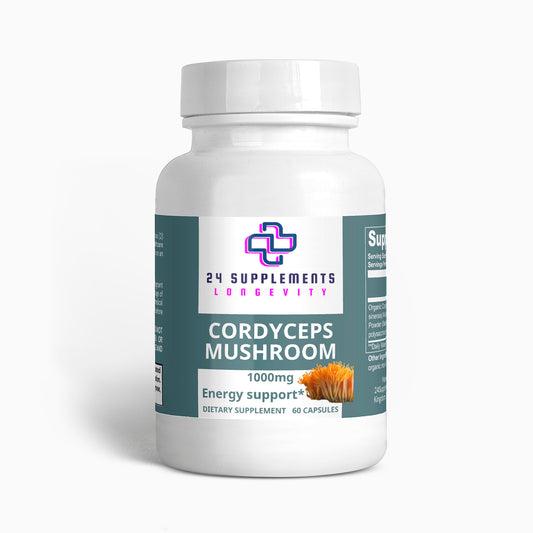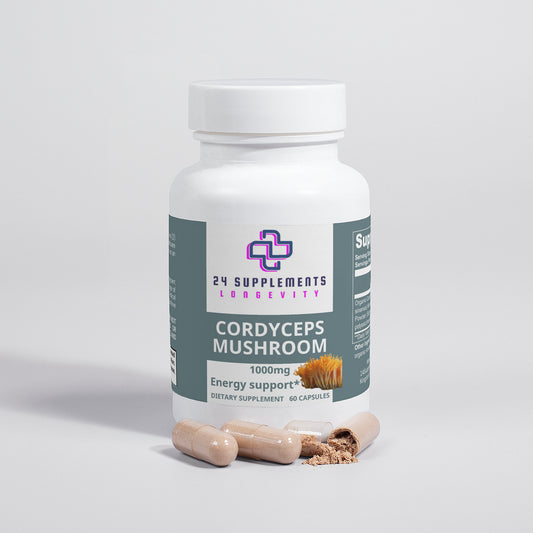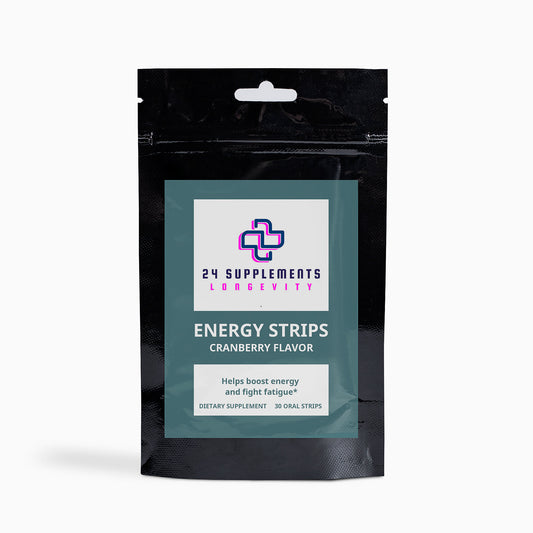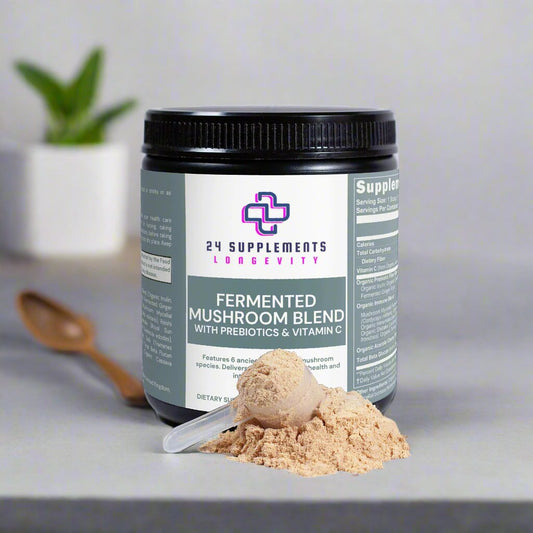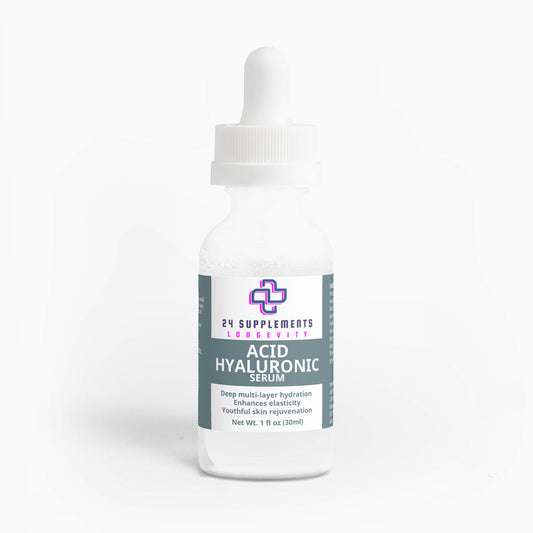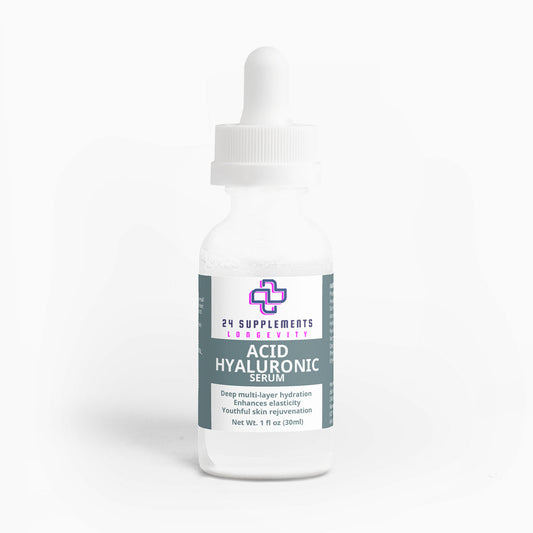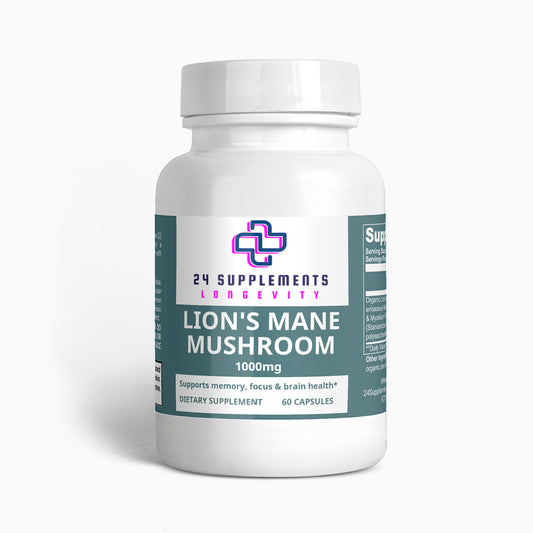
Cannabis Sativa vs. Cannabis Indica vs. Cannabis Ruderalis
Share
Understanding the Differences: Cannabis Sativa vs. Cannabis Indica vs. Cannabis Ruderalis

Table of Contents
- Chapter 1: Introduction
- Chapter 2: What is Cannabis Sativa?
- Chapter 3: What is Cannabis Indica?
- Chapter 4: What is Cannabis Ruderalis?
- Chapter 5: Comparative Analysis of Cannabis Strains
- Chapter 6: Detailed Scientific Explanation of Cannabinoids
- Chapter 7: Extended Medical Applications
- Chapter 8: In-Depth Cultivation Guide for Each Strain
- Chapter 9: Case Study Section
- Chapter 10: Global Cannabis Trends
- Chapter 11: Conclusion
- Chapter 12: Additional Resources
1: Introduction
Cannabis has garnered significant attention for its various species and their unique properties. Understanding the distinctions between Cannabis Sativa, Cannabis Indica, and Cannabis Ruderalis is essential for anyone interested in harnessing the benefits of this versatile plant. This guide will explore each species' characteristics, effects, and uses, providing insights to help you make informed choices (Source).
2: What is Cannabis Sativa?
Cannabis Sativa is recognized for its stimulating effects, making it a favored choice among individuals seeking energy and creativity. Typically characterized by long, narrow leaves, Sativa plants can reach impressive heights of over 3.6 meters.
Effects and Uses
Sativa strains are commonly associated with:
- Uplifting Effects: Users often report feelings of euphoria, heightened focus, and enhanced creativity. Sativa is frequently chosen for daytime use, as it can promote social interactions and stimulate conversation (Source).
- Medical Applications: Many individuals find Sativa helpful for managing conditions like depression, fatigue, and attention disorders (Source).
Personal Anecdote
A close friend of mine, an artist, swears by a Sativa strain for her creative sessions. She finds that it not only keeps her energized but also helps her think outside the box, leading to some of her best work.
3: What is Cannabis Indica?
In contrast, Cannabis Indica is celebrated for its calming and sedative effects. These plants are shorter and bushier than Sativa strains, typically standing between 60 and 120 cm tall, and feature broad, dark green leaves.
Effects and Uses
Indica strains are well-known for:
- Relaxation: Many users turn to Indica for its calming effects, making it ideal for evening use. It's particularly popular among those looking to alleviate stress, anxiety, or insomnia (Source).
- Medical Benefits: Indica is often recommended for chronic pain relief, muscle spasms, and sleep disorders. Its higher CBD content can provide therapeutic benefits without intense psychoactive effects (Source).
Personal Anecdote
I recall a night when I struggled to unwind after a long day. A friend suggested an Indica strain known for its relaxing properties. Within an hour, I felt the stress melting away, and I was able to enjoy a peaceful night's sleep.
4: What is Cannabis Ruderalis?
Cannabis Ruderalis is the least known of the three main cannabis species. It typically contains lower levels of THC and is not primarily cultivated for recreational or medical use. However, it possesses unique characteristics that make it valuable.
Characteristics
- Auto-flowering Nature: Ruderalis plants automatically enter the flowering stage based on age rather than light cycles, making them easier to cultivate for beginners (Source).
- Low THC Content: Generally, Ruderalis strains have THC levels of around 1-5%, which limits their psychoactive effects but makes them suitable for breeding hybrid strains (Source).
Applications
Ruderalis is often used in the production of auto-flowering hybrids, which combine the desirable traits of Sativa and Indica strains, allowing growers to achieve consistent results with less effort (Source).
5: Comparative Analysis of Cannabis Strains
| Characteristic | Cannabis Sativa | Cannabis Indica | Cannabis Ruderalis |
|---|---|---|---|
| Height | Up to 3.6 meters | 60-120 cm | 60-120 cm |
| Leaf Structure | Long, narrow leaves | Short, broad leaves | Smaller, light green leaves |
| THC Content | Higher (15-30%) | Moderate to high (15-25%) | Lower (up to 5%) |
| Flowering Cycle | Longer (10-16 weeks) | Shorter (8-12 weeks) | Auto-flowering, less than 8 weeks |
| Common Uses | Recreational, uplifting effects | Medicinal, relaxing effects | Breeding, industrial uses |
Chapter 6: Detailed Scientific Explanation of Cannabinoids
The key reason Sativa, Indica, and Ruderalis affect the body differently lies in the varying levels of cannabinoids, particularly THC and CBD. Both of these compounds interact with the body's endocannabinoid system (ECS), which regulates a range of physiological processes like mood, appetite, pain, and memory.
- THC (Tetrahydrocannabinol): THC is the psychoactive compound responsible for the “high” associated with cannabis. Sativa strains tend to have higher THC levels, producing energizing and uplifting effects. Indica, on the other hand, also contains THC but tends to create more relaxing, sedative effects (Source).
- CBD (Cannabidiol): CBD is a non-psychoactive compound known for its medicinal properties. It’s found in varying quantities across different strains and is responsible for many therapeutic effects, such as reducing anxiety, pain, and inflammation (Source).
7: Extended Medical Applications
Cannabis Sativa, Indica, and Ruderalis each offer distinct medical benefits. Here’s a breakdown of how each species is used medicinally:
- Sativa for Mental Health: Due to its uplifting effects, Sativa is often used for conditions such as depression, ADHD, and fatigue. The stimulating effects can boost mood and energy levels, making it a popular choice for daytime use among patients (Source).
- Indica for Chronic Pain and Insomnia: Indica’s high CBD content makes it useful for patients suffering from chronic pain, muscle spasms, and sleep disorders like insomnia. The calming properties of Indica strains make them ideal for nighttime use (Source).
- Ruderalis in Medical Breeding: While Ruderalis isn’t typically used for medical purposes on its own, it plays a crucial role in breeding hybrid strains. The auto-flowering nature makes it easier to grow plants with desired cannabinoid profiles for medical treatments (Source).
8: In-Depth Cultivation Guide for Each Strain
Cultivating cannabis requires understanding the specific needs of each strain:
Cannabis Sativa Cultivation
- Climate: Sativa strains thrive in warmer, tropical climates with long growing seasons. They require plenty of sunlight and space due to their height.
- Nutrients: Sativa plants typically need a high level of nitrogen during the vegetative stage and more phosphorus and potassium during flowering.
- Challenges: Sativa’s long flowering cycle (10-16 weeks) can be difficult for indoor growers with limited space. Techniques like low-stress training (LST) can help manage the plant’s height (Source).
Cannabis Indica Cultivation
- Climate: Indica plants grow well in cooler climates and have shorter flowering times (8-12 weeks). Their compact size makes them ideal for indoor cultivation.
- Nutrients: Indicas require a balanced supply of nutrients with a focus on nitrogen during vegetative growth and potassium during flowering.
- Challenges: Indicas are susceptible to mold due to their dense buds, especially in humid climates. Adequate airflow and humidity control are critical (Source).
Cannabis Ruderalis Cultivation
- Climate: Ruderalis is hardy and can grow in colder, harsher climates with shorter growing seasons. It’s not reliant on light cycles for flowering, which makes it ideal for beginners (Source).
- Nutrients: Ruderalis plants require fewer nutrients and less intensive care compared to Sativa and Indica.
- Challenges: The smaller size and lower yields can be a downside for commercial growers, but hybrid strains can increase potency and yield while maintaining auto-flowering traits (Source).
9: Case Study Section
Sativa Case Study - Creativity and Focus: A professional writer shared how switching to a Sativa strain like Sour Diesel helped him break through creative blocks and stay focused for hours. He reported that the energizing effects allowed him to work on complex projects without feeling overwhelmed or sluggish (Source).
Indica Case Study - Chronic Pain Relief: A patient with rheumatoid arthritis found significant relief through an Indica-dominant strain, Northern Lights. The calming effects helped alleviate joint pain and inflammation, allowing her to enjoy a more active lifestyle (Source).
Hybrid Case Study - Balance for Anxiety: A hybrid strain like Blue Dream combined the best of Sativa’s uplifting effects and Indica’s calming properties. It helped a patient manage anxiety while remaining functional during the day. This balance of effects made it a suitable option for both work and relaxation (Source).
10: Global Cannabis Trends
The global cannabis market is evolving rapidly, with new trends emerging every year. Some key trends include:
- Cannabis in Wellness Products: Cannabis is now being infused into wellness products like CBD oils, creams, and even supplements. This trend has seen exponential growth, especially in markets like Switzerland and the EU (Source).
- Edibles and Beverages: Cannabis edibles and beverages have gained popularity as alternative consumption methods. Products like cannabis-infused gummies and drinks are rising in popularity, offering a discreet and enjoyable way to consume cannabis (Source).
- Sustainability in Cannabis Production: There’s a growing focus on sustainable cannabis cultivation practices, especially in regions like the EU where environmental regulations are stricter. Organic farming, energy-efficient indoor grows, and water conservation are becoming more common (Source).
1: Conclusion
Understanding the differences between Cannabis Sativa, Indica, and Ruderalis can greatly enhance your experience, whether for recreational enjoyment or medical treatment. As research evolves and more strains become available, staying informed will empower you to make the best choices for your individual needs.
12: Additional Resources
For further insights, check out these informative posts:


